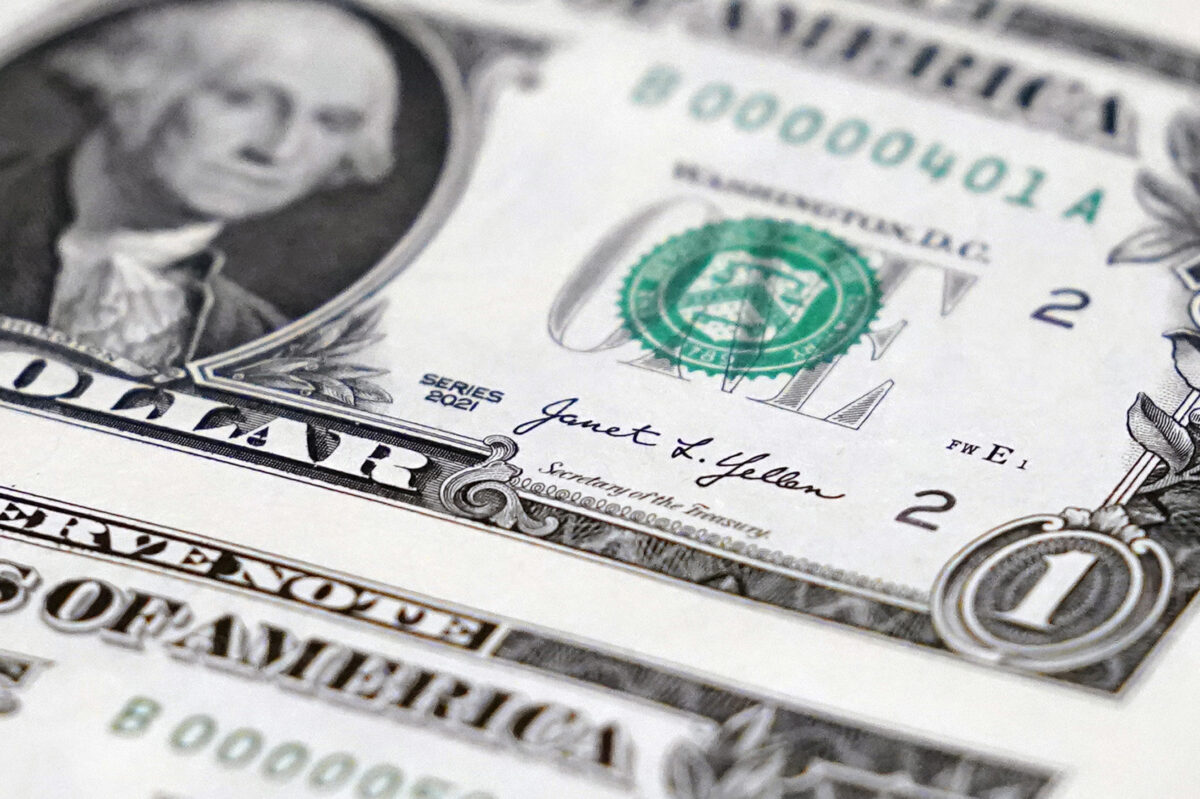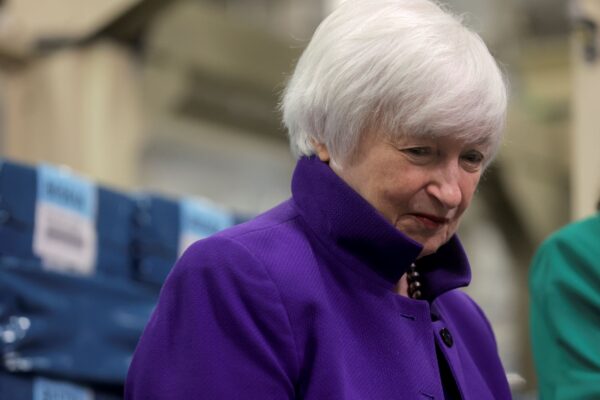


Now that the bipartisan debt ceiling agreement has been signed, sealed, and delivered, the U.S. Treasury is poised to replenish its bank account at the Federal Reserve.
According to the Daily Treasury Statement, the Treasury’s cash balance–the Treasury General Account (TGA)–sank below $23 billion on June 1. This was down from the roughly $316 billion at the beginning of May.
Market observers say there will be a near-record issuance of short-term U.S. government debt to refill the Treasury’s coffers quickly. It is estimated that Washington could offer as much as $1.4 trillion in T-bills over the next six months to facilitate a return to balance, which could also resume funding daily needs and obligations. If the projections are accurate, this would be only second to the level of issuance the department executed during the coronavirus pandemic.
The sales were scheduled to begin on June 5.
There are growing concerns that this could initiate a credit crunch and potentially disrupt the financial markets at a time when the U.S. economy is showing signs of slowing down and the banking system is still reeling from the banking turmoil.
But while there is typically a diverse array of buyers for short-term securities, such as money market funds, financial institutions, and pension funds, some fear banks could sit on the sidelines during the Treasury auctions due to disinterest. This is because the government’s yields may not compete with what banks can receive from their reserves.
“The imminent near-term increase in the TGA and the Federal Reserve’s continuation of quantitative tightening impact the total amount of reserves in the system,” warned Scott Freidenrich, former BNY Mellon Treasurer and now a Senior Adviser to FTI Consulting. “This, combined with the potential for further central bank rate hikes to combat inflation, increases the potential for deposit volatility and fluctuations in the value of securities portfolios.”
However, some experts contend that these are exaggerated fears since there is plenty of cash sitting in short-term markets, and investors might want to use this money for additional yield.
Today, approximately $2 trillion in money market assets are sitting at the Federal Reserve overnight facility, also known as the Overnight Reverse Repo Facility (ON RRP). This central bank mechanism injects liquidity into the financial system and manages short-term interest rates.
Any significant increase in the Treasury General Account “would have to be offset by reductions in either the ON RRP or bank reserves,” according to T. Rowe Price analysts.
“The Fed has less control over the liability side of its balance sheet, which could complicate the job of managing the impact of a surge in Treasury debt issuance,” wrote portfolio manager Adam Marden and corporate credit analyst Pranay Subedi in a research note. “History suggests that as much as 80 percent of the balance sheet adjustment needed to offset a TGA increase of the size contemplated could come from a reduction in bank reserves.”
Ultimately, issuance could threaten additional draining of bank reserves, T. Rowe Price analysts note.
This past fall, Treasury Secretary Janet Yellen conceded she was concerned about liquidity conditions in the Treasury market, noting that volumes had diminished.
“It’s not unexpected that in a world of increased volatility that liquidity should diminish somewhat or the cost of transacting might rise a little, but my assessment is that markets are well functioning, trading volumes are large, traders are not having difficulty executing trades,” Yellen told the Securities Industry and Financial Markets Association at an event in October.
“Treasury is working with financial regulators to advance reforms that improve the Treasury market’s ability to absorb shocks and disruptions, rather than to amplify them.”
Officials do not appear concerned as the Treasury has been planning for sizable auctions for the past month.
Minutes from the May 2 Treasury Borrowing Advisory Committee suggest that officials say $600 billion in issuance over three months would not result in stress in the financial markets, citing primary dealers’ estimates. But Treasury Debt Manager Tom Katzenbach “noted that dealers encouraged Treasury to be responsive to potential market-based indicators of stress in the bill market when replenishing its cash balance.”
Past data could confirm there is no backlash in the financial markets from enormous debt issuance.
For example, during the 2019 and 2021 debt ceiling fights, when the Treasury employed extraordinary measures and drained its TGA, substantial bond issuance did not illustrate adverse effects on equities. But some critics suggest that these events did not coincide with stress in the financial sector.
Meanwhile, it is unclear if the Federal Reserve intends to scoop up Treasurys.
The U.S. central bank is presently engaged in its quantitative tightening cycle. A part of this initiative is reducing the size of its Treasury securities by allowing them to mature. For the week ending June 1, the Fed’s total holdings of government bonds have fallen below $5.2 trillion.
That said, should there be outflows in bank reserves, it could leave short-term funding markets “vulnerable.” This would create “the possibility that the Fed might halt efforts to shrink its balance sheet in the back half of 2023,” the T. Rowe Price report added.
In total, the Fed’s balance sheet stands at roughly $8.4 trillion.
The debt ceiling drama will be on hold until January 2025, but the unfolding events may spark consequences for the markets in the coming months.

